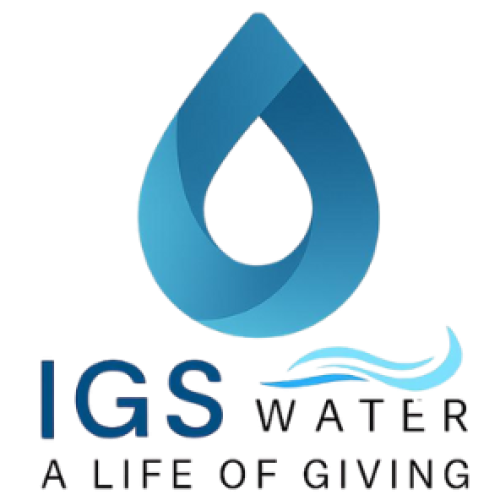In the world of water and wastewater management, relying on sporadic sampling or the “eyeball test” is no longer enough. To ensure regulatory compliance, protect equipment, and safeguard environmental health, you need real-time, reliable data.
That’s where advanced Water Quality Monitoring Sensors come in.
What These Sensors Do
Our monitoring systems are equipped with cutting-edge technology designed for remote management and continuous oversight. They are not just thermometers; they are sophisticated digital controllers capable of collecting and analyzing data on critical water parameters 24/7.
These sensors measure and report key indicators, which typically include:
- pH Levels: The acidity or alkalinity of the water.
- Dissolved Oxygen (DO): Crucial for aquatic life and aerobic treatment processes.
- Turbidity: The cloudiness or haziness of the water, indicating suspended solids.
- Conductivity: A measure of the water’s ability to conduct electricity, indicating the level of dissolved salts and minerals.
- Temperature: Affects chemical reactions and biological activity.
The Power of Early Detection
The true value of a robust sensor network lies in its ability to provide early detection of issues.
- Spotting Anomalies: Sophisticated algorithms analyze the collected data to detect any sudden or gradual deviations from normal water quality parameters.
- Prompt Intervention: This early warning system allows for immediate intervention and mitigation measures, preventing small operational issues from escalating into major compliance violations, equipment damage, or environmental threats.
- Compliance Assurance: Continuous monitoring ensures you can always demonstrate compliance with daily water quality standards with a comprehensive data log.
For any organization managing a water body or treatment process, these monitoring sensors are the essential tool for proactive management and ultimate peace of mind.

